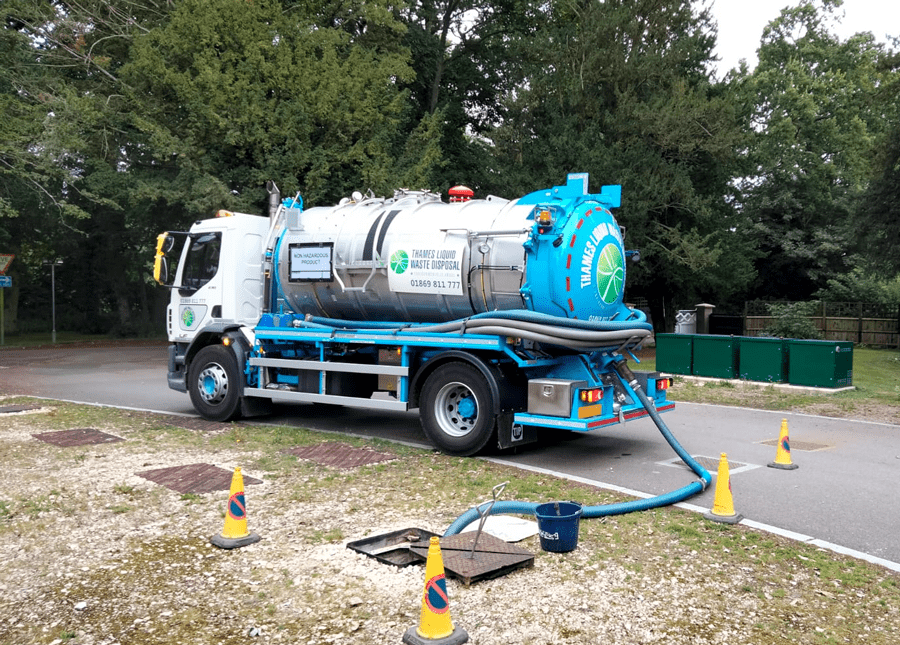All about Reclaim Waste
All about Reclaim Waste
Blog Article
Unknown Facts About Reclaim Waste
Table of ContentsReclaim Waste Things To Know Before You BuyThe Best Strategy To Use For Reclaim WasteReclaim Waste for BeginnersIndicators on Reclaim Waste You Should KnowFacts About Reclaim Waste Uncovered
Residential sewer waste refers to the waste and products from a property septic storage tank. The proper monitoring and disposal of domestic sewage waste call for liquid waste to be transferred to a sewer treatment plant where the appropriate methods and equipment are used to purify and dispose of waste.
Business waste usually includes possible dangers, such as flammable products or a combination of fluid and solid waste items, and calls for an advanced and comprehensive disposal procedure. The disposal of commercial waste usually entails the filtering of waste prior to transport to make certain risk-free and correct disposal. Hazardous waste is produced from byproducts and drainage of industrial processes and manufacturing.
This kind of waste can not make use of the exact same sewer monitoring transportation or procedures as septic or industrial fluids. The hazardous waste management process calls for the assessment and testing of fluid waste before it undertakes the disposal process (liquid waste disposal melbourne). Drainage waste is the liquid waste that originates from runoff and excess stormwater in highly booming areas or cities
Overflow waste can cause contamination and flooding if not taken care of appropriately. Find out more concerning sewage system cleaning and waste monitoring. Guaranteeing correct waste management can avoid calamities and reduce environmental injury. Both people in domestic settings and specialists in commercial or manufacturing industries can gain from recognizing the processes and guidelines of liquid waste administration.
The Single Strategy To Use For Reclaim Waste
Get in touch with PROS Services today to learn more about our waste management and disposal services and the correct means to take care of the fluid waste you generate.
(https://www.find-us-here.com/businesses/Reclaim-Waste-Laverton-North-Victoria-Australia/34166924/)This so-called 'wastewater' is not only an important source yet, after therapy, will be released to our land, waterways or the sea. Utilized water from commodes, showers, baths, kitchen area sinks, washings and commercial procedures is recognized as wastewater.

water utilized to cool down machinery or clean plant and tools). Stormwater, a type of wastewater, is drainage that streams from farming and urban areas such as roofings, parks, gardens, roadways, courses and gutters into stormwater drains, after rain. Stormwater flows without treatment directly to regional creeks or rivers, at some point getting to the sea.
See This Report about Reclaim Waste
In Queensland, the majority of wastewater is treated at sewer therapy plants. Wastewater is transported from residential or commercial sites through a system of sewers and pump stations, recognized as sewage reticulation, to a sewage treatment plant.
The Division of Natural Resources recommends regional federal governments about handling, operating and maintaining sewerage systems and therapy plants. In unsewered areas, city governments might require owners to install individual or family sewer treatment systems to deal with domestic wastewater from toilets, kitchen areas, bathrooms and washings. The Department of Natural Resources authorizes making use of household systems when they are confirmed to be effective.
In some new neighborhoods, treatment of some stormwater to remove clutter, sand and crushed rock has begun making use of gross pollutant traps. Wastewater treatment happens in 4 phases: Eliminates strong issue.
Wastewater after that flows right into huge storage tanks where solids resolve and are gotten rid of as sludge. Grease and residue are skimmed from the surface. Uses little living organisms understands as micro-organisms to damage down and get rid of continuing to be liquified wastes and great bits. Micro-organisms and wastes are incorporated in the sludge. Eliminates nitrogen and phosphorus nutrients that can cause algal flowers in our waterways and threaten water life.
The Buzz on Reclaim Waste
Nutrient elimination is not offered at all sewer treatment plants due to the fact that it calls look at here now for costly specialised devices. Clear liquid effluent produced after therapy may still consist of disease-causing micro-organisms - liquid waste disposal.

This normally implies wastewater has to be treated or impurities gotten rid of before it can be discharged to waterways. Most wastewater streams right into the sewage system. Under the Act, regional federal governments administer authorizations and permits for environmentally pertinent activities (ERAs) involving wastewater launches that may have a neighborhood impact. The division provides authorizations and licences to ERAs involving wastewater launches that may have a regional or statewide impact.
Examine This Report on Reclaim Waste
Or else, examples are considered research laboratory evaluation. Commonly numerous tests are needed to develop the degrees of each of the different pollutants such as oils, heavy metals and chemicals in water. Surveillance gives factual details concerning water top quality and can validate that permit problems are being satisfied. The information gotten via tracking offers the basis for making water high quality decisions.
Report this page